Choosing the right bow and stern thruster is as easy as picking the product that matches the length of your boat. And if you’re still not sure, our experts are here to help!
Craft beer elit seitan exercitation, photo booth et 8-bit kale chips proident chillwave deep v laborum. Aliquip veniam delectusSHANE DOE
See how Sideshift outperforms all other thruster solutions
Significantly lower installed costs. More responsive performance. No mounting holes below the waterline. Virtually silent operation. These are only a few of the many benefits you receive when choosing a Sideshift thruster over conventional thruster systems.
See the chart below to learn how Sideshift outperforms the competition. Our results speak for themselves!
| Features | Sideshift | Conventional Thrusters |
| Easy same-day installation | YES | NO |
| No tunnel or mounting holes below waterline | YES | NO |
| In-water installation possible | YES | NO |
| Virtually silent operation | YES | NO |
| Zero drag when planing | YES | NO |
| Pivot point advantage for optimal performance | YES | NO |
| Prop-in-water design for greater responsiveness | YES | NO |
| Canadian built to perform in heavy weather conditions | YES | NO |
| Can be retrofitted to a future boat | YES | NO |
| Virtually maintenance free | YES | NO |
| All-inclusive kit | YES | NO |
| 2 Year Warranty | YES | YES |
| Potential to void hull warranty | NO | YES |
| Fits any type of boat – cruiser, trawler, cuddy, sailboat, pontoon or houseboat | YES | NO |
| Typical installed cost for boats up to 75’ | $3,300-$6,700
|
$7,500-$15,000
|
Detailed cost breakdown
| Sideshift | Conventional Thrusters | |
| 2.5hp – 7.5hp Thruster | $2,900-$4,900 | $3,000-$7,000 |
| Additional Hardware | $200 | $300-$500 |
| Batteries/cable | $200-$500 | $200-$500 |
| Installation – DIY | – | Not Available |
| Installation – Dealer | $800-$1,200 | $4,000-$7,000 |
| Total Installed Cost | $3,300-$6,700 | $7,500-$15,000 |
Deciding which thruster is best
Significantly lower installed cost, more responsive performance, no mounting holes below the waterline, virtually silent operation. These are only a few of the many benefits you receive when choosing a Sideshift thruster over conventional thruster systems.
Through-the-Hull Thrusters
Although occasionally found on smaller boats (less than 30 feet in length), through-the-hull thrusters are usually found on larger boats. While they are generally installed at the factory when the boat is built, they can be added later. There is, however, a downside to retrofitting. First of all, two significantly large holes must be cut or drilled in the hull below the water line for the tunnel/tube that must pass through the boat. Correct tunnel placement is critical and requires a skilled installer experienced in structural fiberglass repairs because the area around the tunnel on the hull’s exterior will require fiberglass work, paint and gelcoat. If the boat is new, installing a through-the-hull thruster will most likely void the hull warranty.
The placement of the tunnel and the thruster motor will also reduce storage space in the boat and/or interfere with tanks, bulkheads and other structural components. Finally, in order to be effective the thruster must be placed as far forward as possible and deep enough below the water line to generate the maximum turning moment – something that is not always practical with smaller boats. Additionally, through-the-hull thrusters are known to be noisy.
External Thrusters
Sideshift offers both bow and stern configurations. As the name suggests, bow thrusters are designed to be mounted on the bow of the boat. They can be attached with only three bolt holes for the mounting hardware and one or two holes for the power cables. All holes are drilled above the water line, thereby eliminating the possibility of a potential boat-sinking leak.
Stern thrusters are also available for those who feel they need better stern control. Mounted on the swim deck or transom, they allow the captain to push the stern from side to side. For boaters who want to install both bow and stern thrusters, Sideshift provides a double joystick that makes it possible to use the bow and stern thrusters separately or together to move the boat sideways. The advantages of that set-up will be obvious to anyone who has had to dock a boat between two other boats tied up parallel to the dock. Using the two thrusters simultaneously permits the pilot to simply slide it in
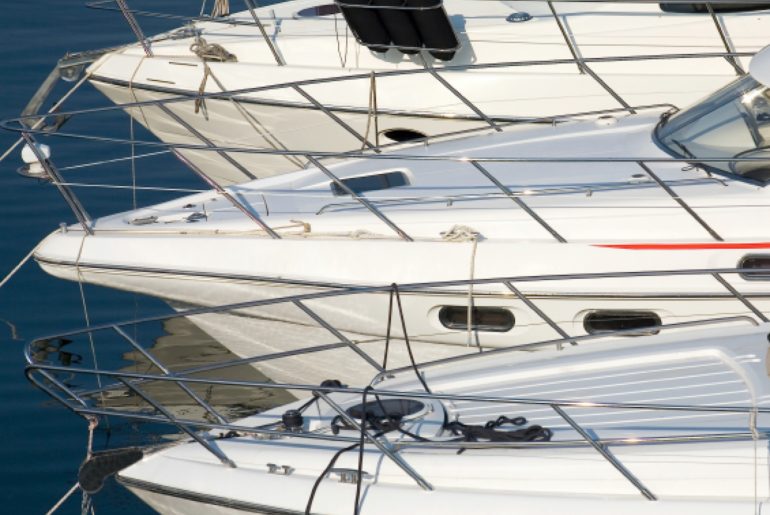
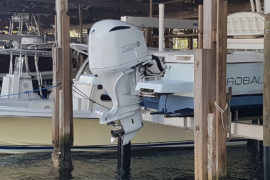
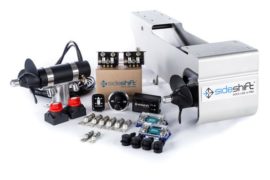
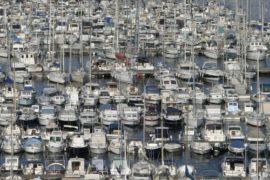
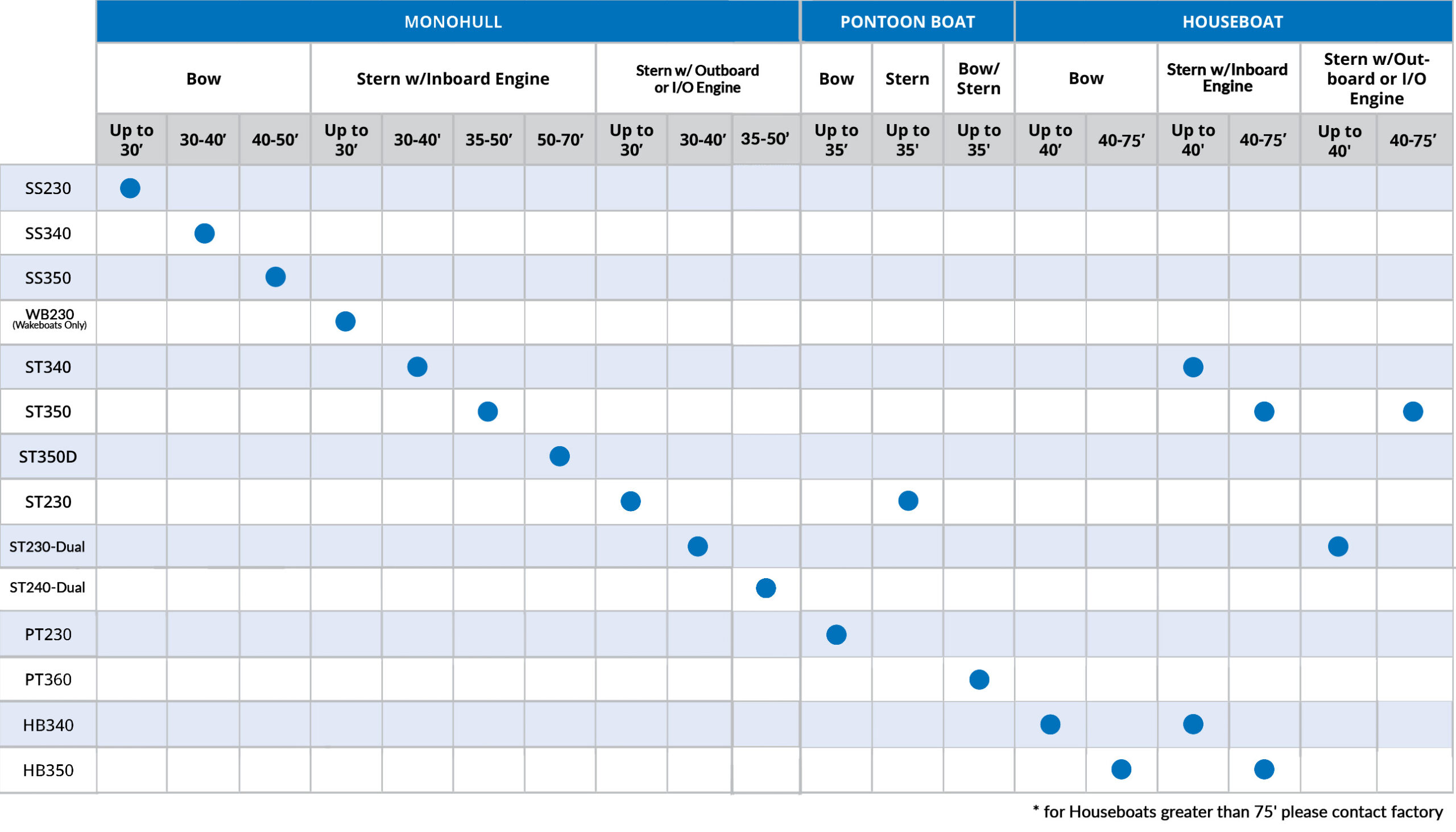
Comments are closed.